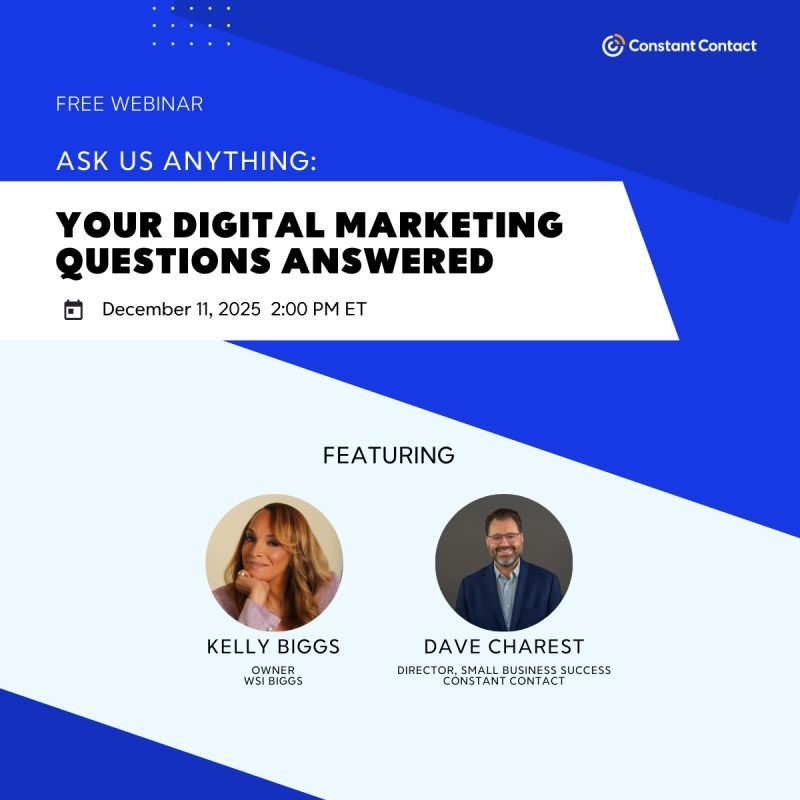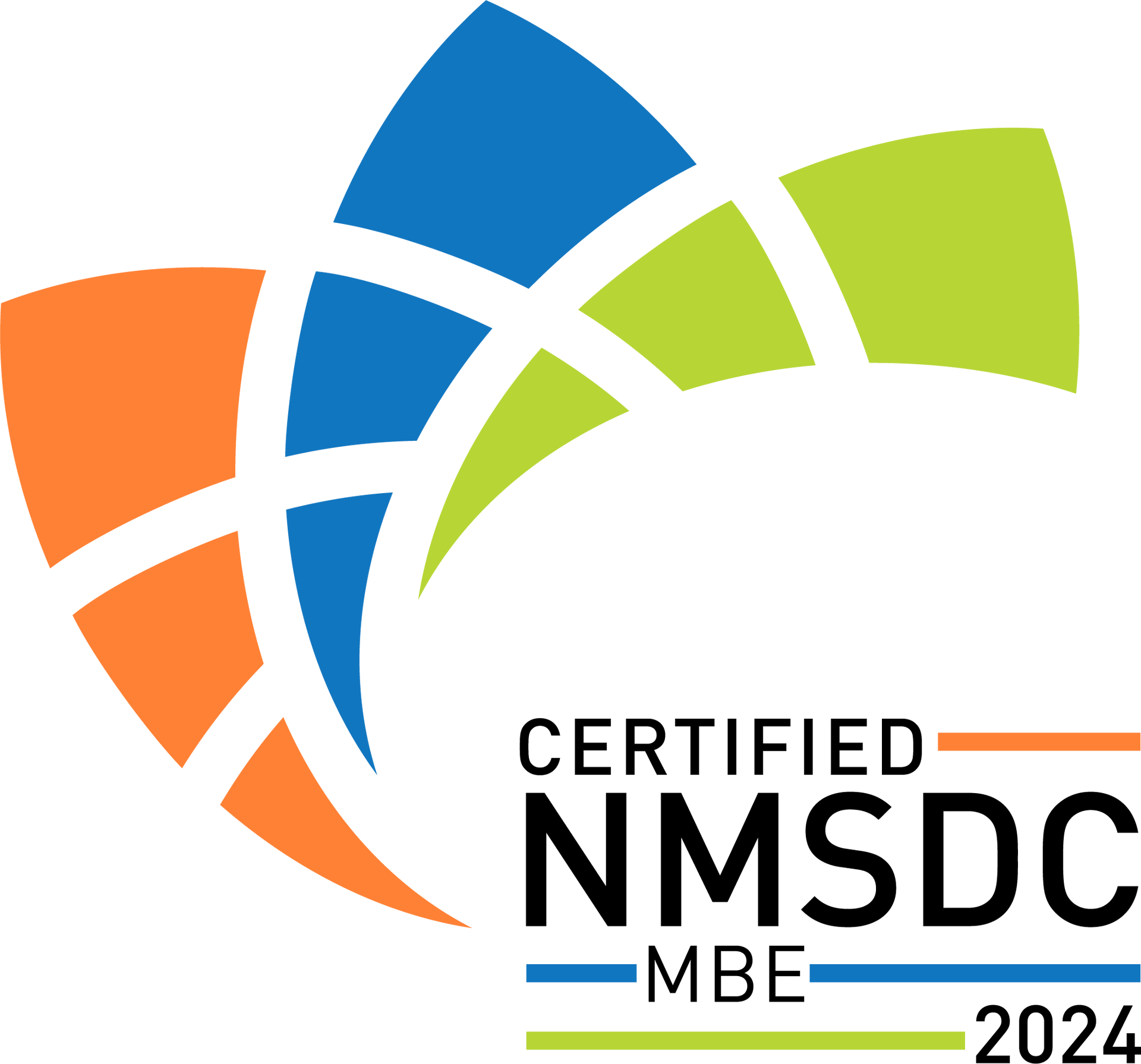Digital Marketing and AI Speaker | Guest Appearances and Speaking Engagements
Kelly Bigg, Principal Owner is regularly invited to contribute to conversations about digital marketing, search behavior, and business growth for service-based organizations. Her perspective is grounded in real-world work with professional services firms and informed by the ongoing evolution of search, content, and customer decision-making.
Through podcast appearances, webinars, panels, and industry discussions, Kelly shares practical insights on topics including SEO, AI-driven search, email marketing, and building visibility in competitive markets. These conversations reflect patterns she sees consistently across accounting, legal, and advisory businesses, as people navigate how they research, evaluate trust, and decide whom to contact.
Success Story
Learn from an expert
Kelly Biggs
Principal Owner: WSI Biggs Digital

Atlanta Small Business Network featuring Kelly Biggs
This is a paragraph. Writing in paragraphs lets visitors find what they are looking for quickly and easily. Make sure the title suits the content of this text.
Five Stategies to Drive Small Business SEO
Kelly Biggs joined the Atlanta Small Business Network to discuss practical SEO strategies for small businesses focused on improving search visibility. The conversation addressed the importance of local SEO, geo-focused keyword strategy, and aligning SEO efforts with how customers search within specific markets.
Kelly outlined key drivers of SEO performance, including Google Business Profile optimization, backlinks from reputable organizations, and consistent business citations. She also discussed using real search questions to guide content strategy and strengthen relevance in search results.
How to Create a Successful Digital Marketing Strategy in Five Steps
Kelly Biggs returned to the Atlanta Small Business Network to outline a practical five-step digital marketing strategy for service-based businesses.
The discussion focused on building marketing systems around real customer behavior rather than individual tactics.
Kelly discussed topics including: attracting the right audience, converting visitors into leads, nurturing prospects, and turning customers into promoters. She also emphasized the role of analytics in measuring performance and improving marketing decisions over time.
Digital Marketing, Search, and Visibility for Atlanta Businesses
Kelly Biggs joined The Playbook on Atlanta Small Business Network to discuss how major Google algorithm changes were impacting search visibility for small businesses.
The conversation focused on Google’s shift in how it evaluates relevance and intent, and what that meant for SEO and content strategy.
Kelly shared practical guidance on creating content based on real customer questions, maintaining consistency across digital channels, and preparing for the transition from Universal Analytics to GA4.

SBDC - Speaker
The Small Business Development Center (SBDC) supports small businesses through education, advising, and practical training focused on growth and operational effectiveness. Its programs are designed to help business owners apply modern tools and strategies in real business environments.
Kelly Biggs has spoken at multiple SBDC events on the practical use of AI and digital marketing for small businesses. Her sessions focus on helping owners move from awareness to implementation, with clear guidance grounded in real client work.
Speaking topics have included:
- Implementing AI in small business operations and marketing workflows
- Using AI to support content creation, analysis, and decision-making
- Leveraging email marketing to attract, nurture, and convert leads
- Applying digital marketing systems to support visibility and growth
- Understanding how AI is influencing search, content, and customer behavior
PODCAST Host
Why Your Business Is Invisible Online is a podcast focused on how digital marketing, search behavior, and emerging technology influence business visibility and growth. The show explores how service-based businesses are discovered, evaluated, and chosen as search, content, and customer expectations continue to evolve.
As host, Kelly Biggs leads conversations on digital marketing strategy, SEO, analytics, and the practical use of AI in business. Episodes draw from real client work, industry changes, and recurring patterns seen across accounting, legal, advisory, and professional services firms.
Topics covered on the podcast include:
- Modern search behavior and visibility challenges
- SEO strategy for service-based businesses
- The role of AI in marketing and decision-making
- Email marketing and audience engagement
- Measuring performance and making data-driven marketing decisions
Visit the podcast →
ruinvisibleonline.com
(Episodes available on
YouTube and major podcast platforms)
Need a digital marketing keynote speaker?
Kelly Biggs, MBA, is the principal owner of WSI Biggs Digital. She has an extensive sales and marketing background and has spoken to many audiences on the topic of leveraging digital marketing to compete in today's business world.
Kelly is a thought leader in the digital marketing space, and her company WSI Biggs Digital is one of the leading digital marketing firms in the industry.
Kelly and her team at WSI Biggs Digital are experts in helping businesses of all sizes to navigate the ever-changing landscape of digital marketing and to compete effectively in today's digital-first world.




